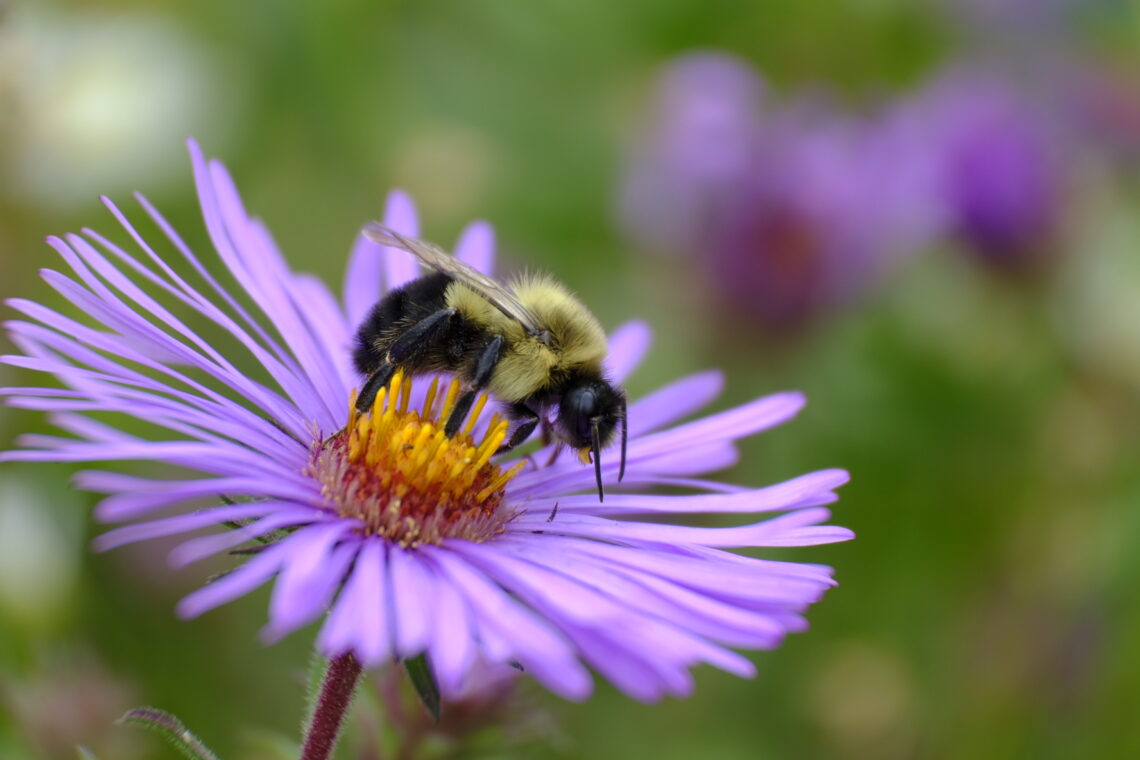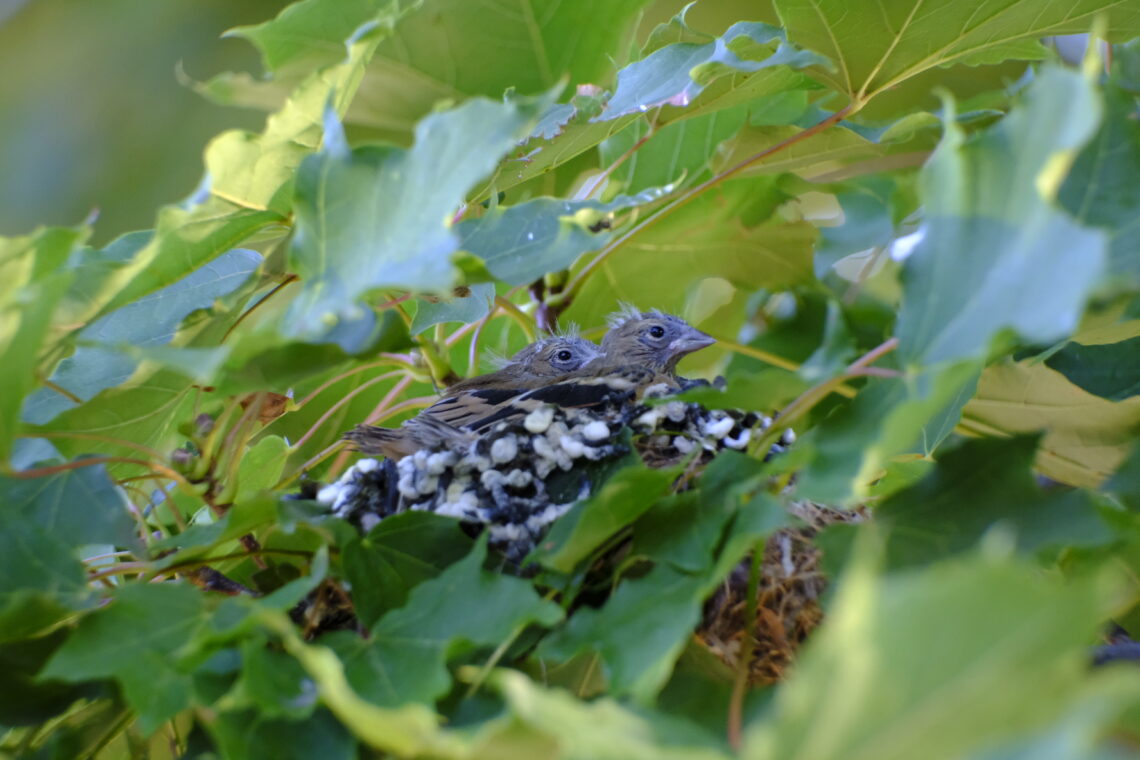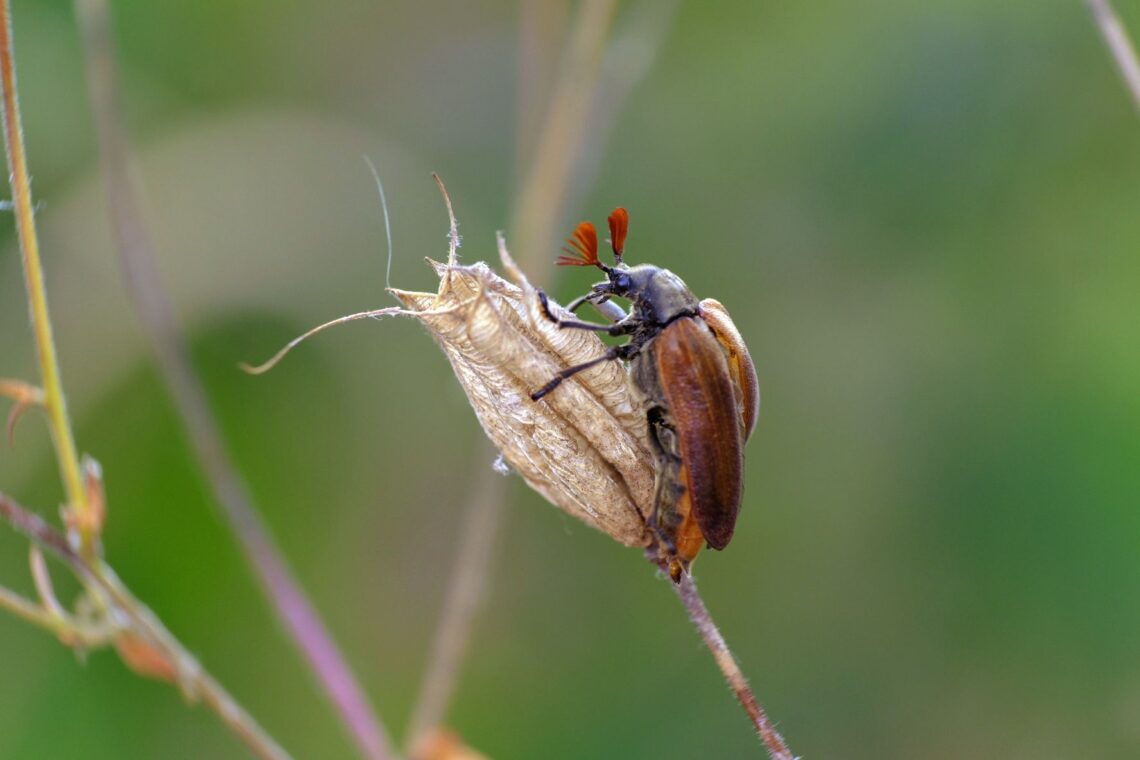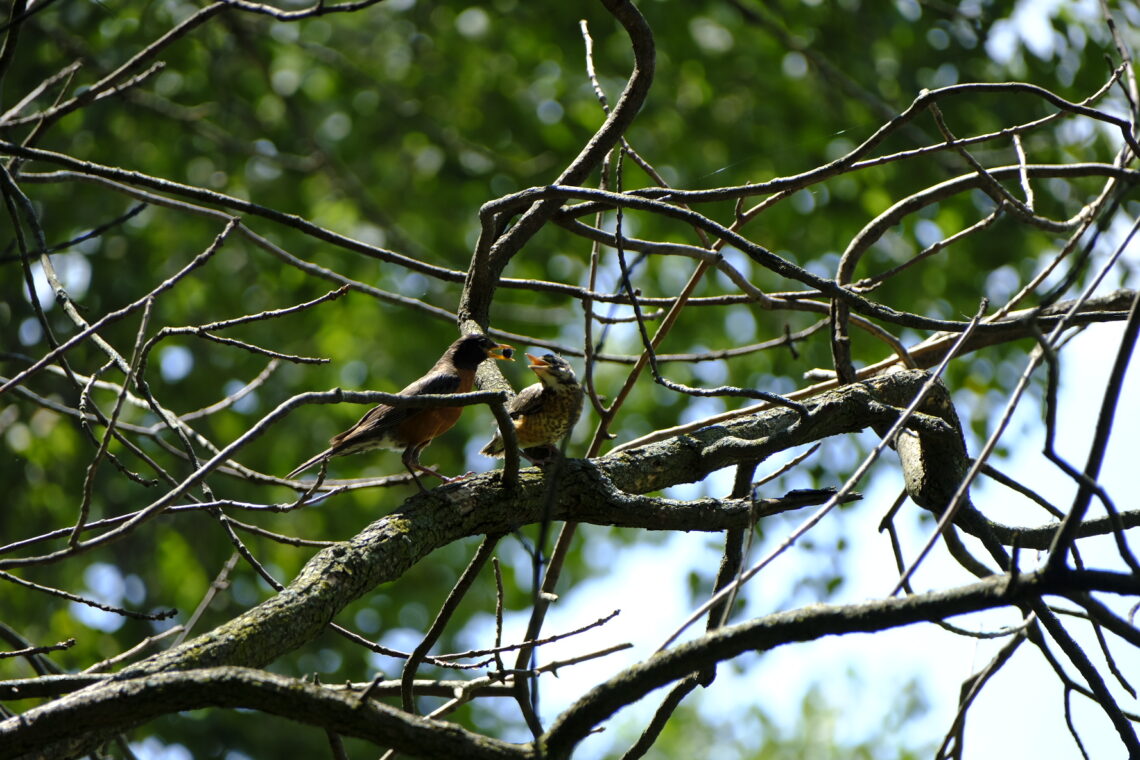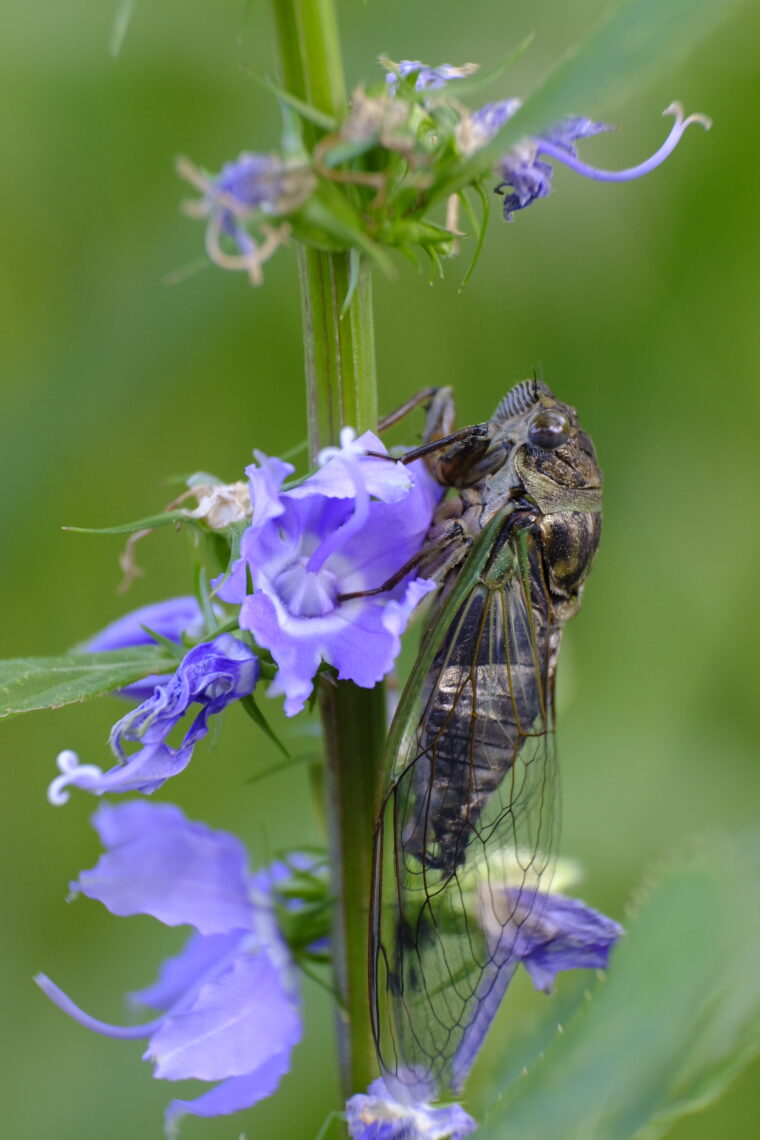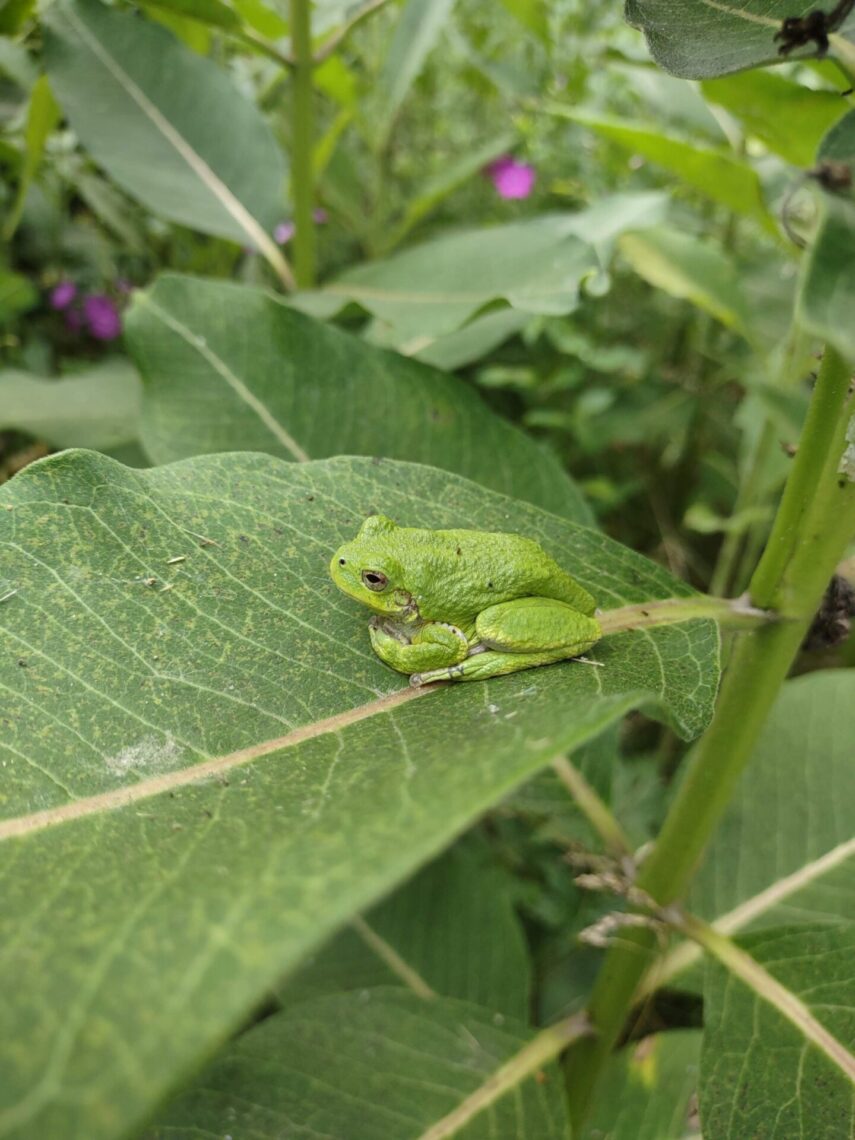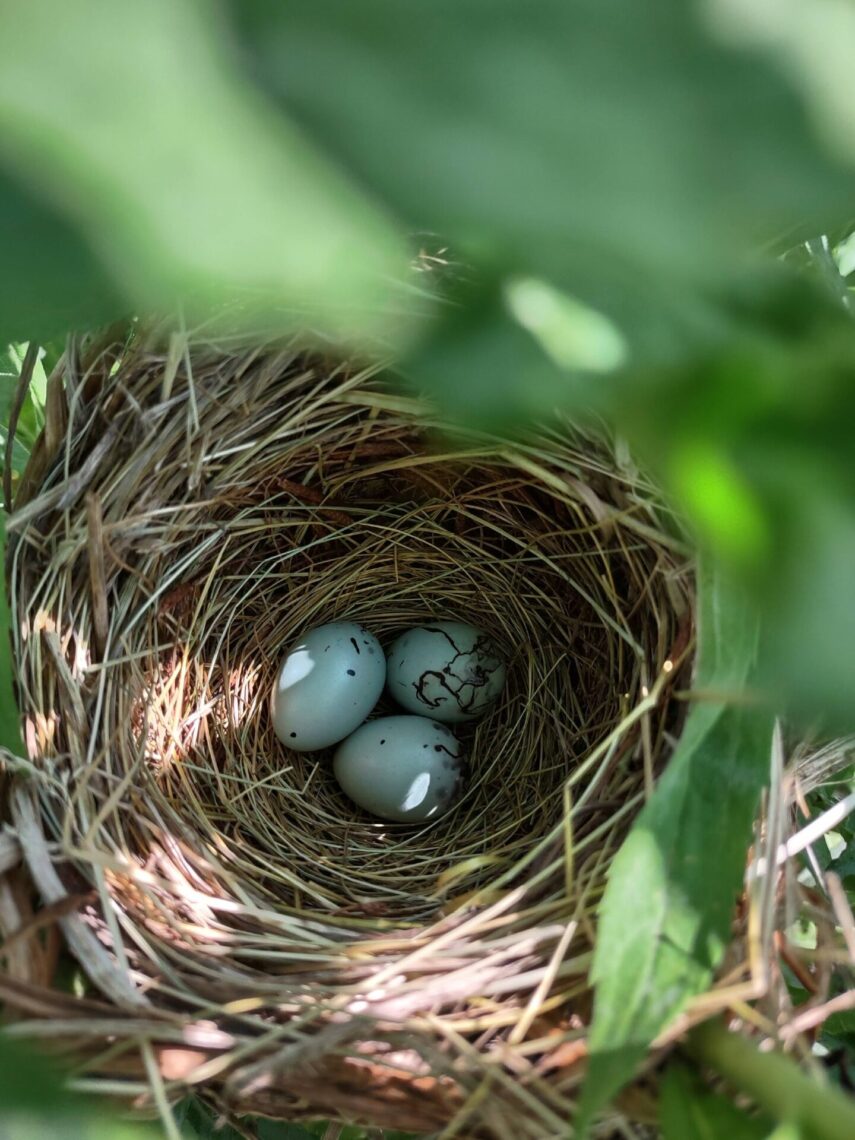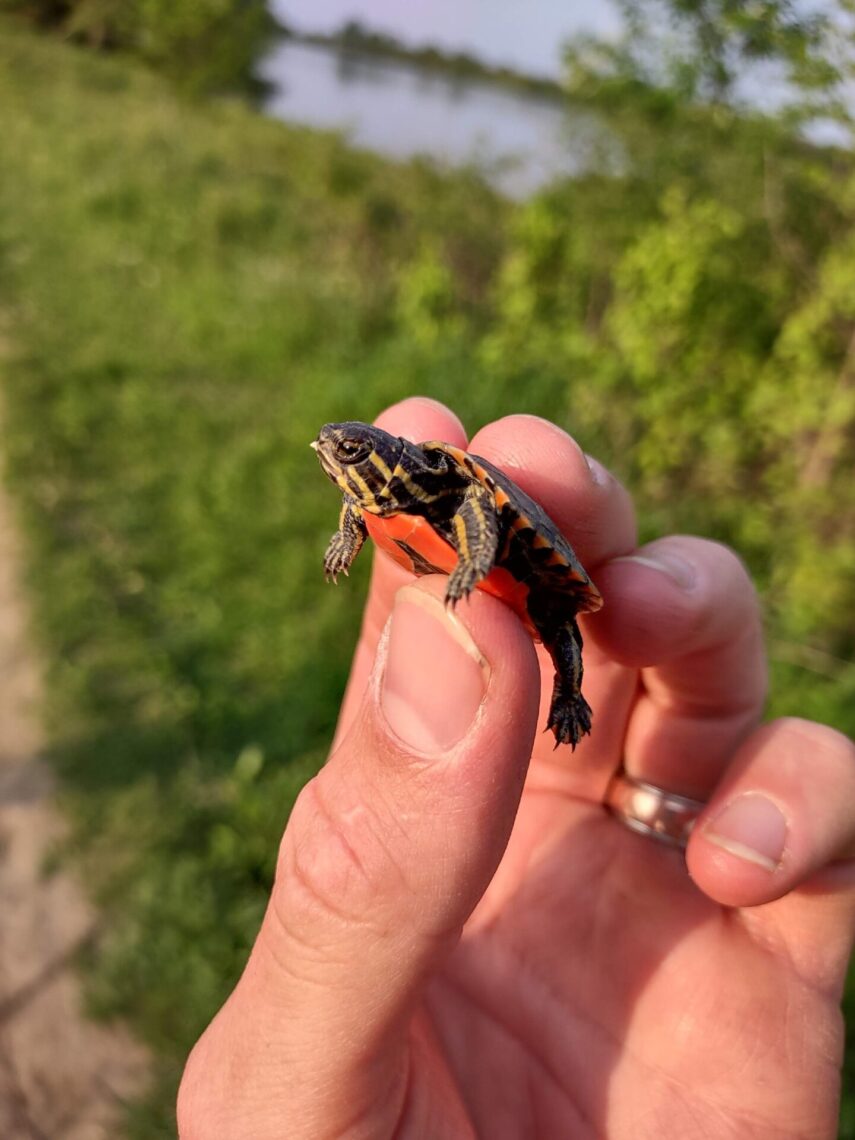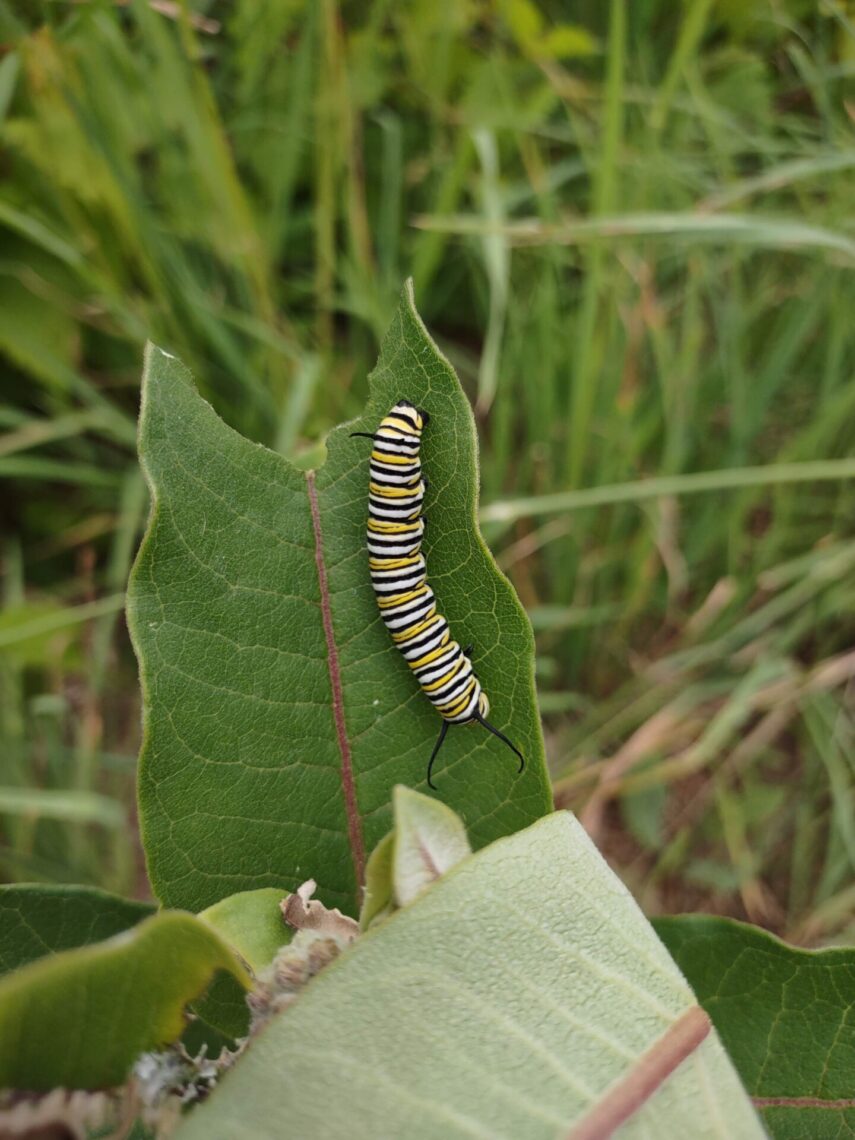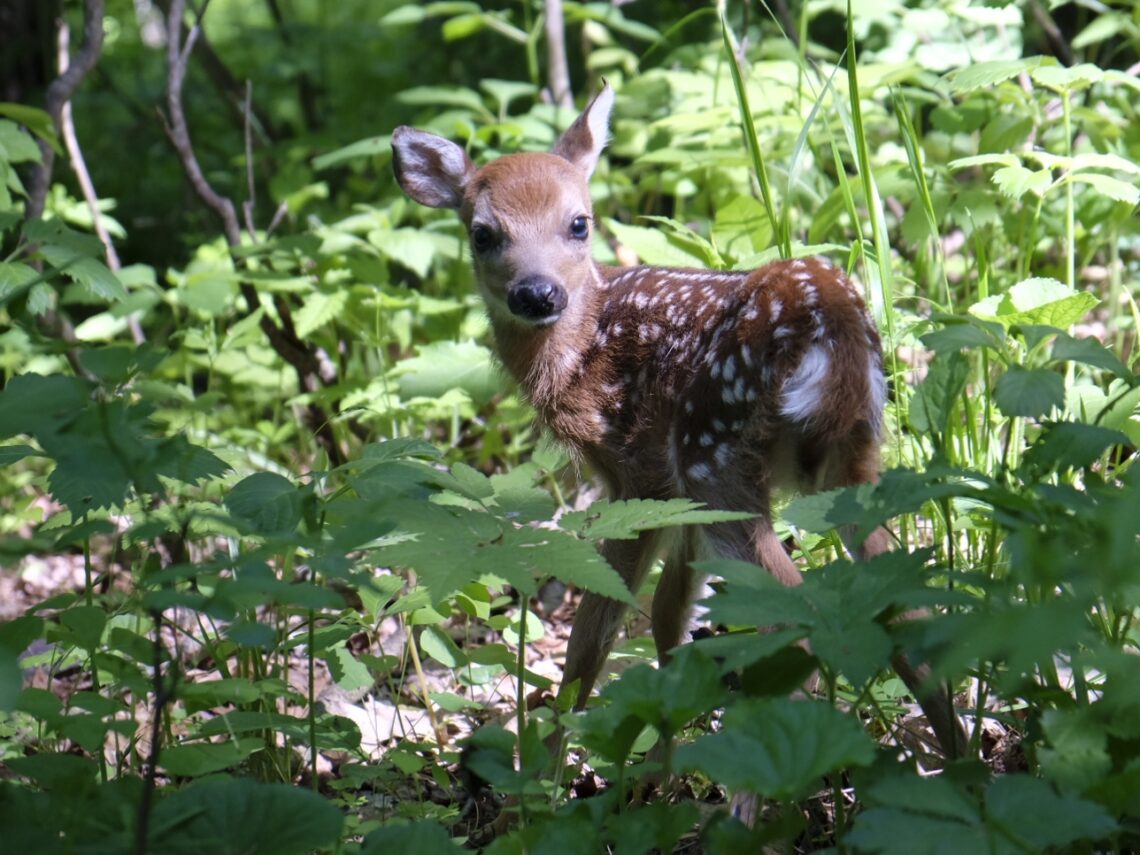Groundswell is excited to announce that we have been awarded the Land Transfer Navigators Program grant to help increase the transfer of agricultural land to a new generation of farmers in our community!
Forty percent of the country’s agricultural land is owned or operated by seniors. As aging agricultural landowners prepare to retire, the future of the land they steward is at a critical turning point. How and to whom the current generation of farmers transfers their land will have an enormous impact on the next generation.
The funding, provided by American Farmland Trust, will support four years of training supported by technical and financial assistance to Groundswell Conservancy. We will use that training to connect existing farmers with a diverse, new generation of farmers interested in keeping our farmland healthy and productive.
You can learn more about this grant program on the American Farmland Trust’s website.
We are so excited about this opportunity to better serve farmers in our community!
It’s aster and goldenrod season! This time of year is one of my favorites as the natural landscape lights up with hues of yellow and purple. Head out to a local prairie near you and you’ll see firsthand just how complimentary these colors are. They make me think of apple picking, the beginning of crunchy leaves on the sidewalk, and of course the end of summer. In fact, this Saturday marks the autumnal equinox, so put on a flannel, grab that spiced warm drink you’ve been thinking about, and let’s get outside!
For those not quite ready for fall (I’m one of them, so no pumpkin spice latte for me), here’s a little reminder that some bird species are still nesting! Most think of spring as the time for baby birds, but some species like the American goldfinch don’t begin nesting until mid-late summer.
While it may seem like they are procrastinating just a tad, goldfinches have actually adapted quite well to late-season nesting. During this time, milkweed and thistle fluff are plentiful and can be found lining their nests. By the time goldfinch fledglings are ready to leave the nest, most plants have already gone to seed which just so happens to be the sole diet of goldfinches. Convenient! See the photo below of the active goldfinch nest that is in the maple in my front yard RIGHT NOW!
This time of year, insects are also still very active. Go take a look at those goldenrods and asters currently in bloom and you’ll likely find a sleepy bee absolutely covered in pollen. Last week while out with my monthly outdoor volunteers, we came across a very large yellow garden spider (pictured below) trying to catch insects in its web. The pattern on the abdomen of this particular spider made it look like it had several large eyeballs staring back at me. Creepy!
Lastly, I’ll leave you with this picture of a cedar beetle perched on a wild columbine seed pod. My son was the one who discovered this odd-looking insect the other day and said that it looked like antlers on its head. I had to agree with him! Having never seen one before, I immediately looked up what it was. Turns out, it’s a cedar beetle which is confusing because it has no relationship with cedars.
What they’re known for is the parasitic relationship they have with cicadas. In fact, they’re also called ‘parasitic cicada beetles’. Apparently, they lay their eggs on trees and once the larvae hatch, they crawl down the tree and burrow into the ground in search of cicada nymphs for a meal. If that’s not creepy, then I’m not sure what is!
Well, I hope you enjoyed my virtual tour and I’ll see you next time!
*Did you miss an article? Check out my collection of past monthly Nature Now articles on our website HERE. Just click the dropdown menu ‘Any Type of News’ and change to ‘Nature Now’ to filter the articles.
Groundswell is now the proud owner of a brand-new tractor and mower, and we couldn’t have done it without you! We are happy to support a local business with this purchase too. Each year we plant more and more acres of prairie at Westport Prairie. Having a tractor is going to make land management so much easier. This New Holland Workmaster 50 will be put to good use for many years to come. It will primarily be used to perform maintenance mowing in our newly planted prairies. Each new prairie should be mowed two to three times per year for the first couple of years to eliminate weeds and allow sunlight to reach the tiny prairie seedlings. The tractor will also be used to mow the various trails at Westport Prairie. We’re so excited to get outside and put it to good use for wildlife habitat!
Tractor Naming Contest Details
Groundswell needs help naming the tractor! The tractor naming contest will include three rounds.
Round 1 – Open Name Suggestions
Send your name suggestions to us in the form below.
Round 1 will be open until Tuesday, August 29th.
Round 2 – Staff Top Five Choices
Groundswell staff will choose our top five favorite names from your suggestions.
Round 2 will be conducted by staff from Wednesday, August 30th to Friday, September 1st.
Round 3 – Final Voting by You
Vote on your favorite name from the staff’s top five choices, and the final name will be decided by voters!
Round 3 will be open from Saturday, September 2nd to Wednesday, September 6th.
And the winning name is…
Elmow!
A special thank you to these supporters for making the purchase of a tractor and mower possible!
- Terri Beck-Engel
- Scott and Dawn Bethke
- Lois Curtiss
- Phyllis Davis
- Mike Foy and Carrie Morgan
- Karl Gutknecht & Susan Hunt
- Green Bay Packers Foundation
- Stan Kanter
- Jeff Lange & Dolly Marsh
- Sharifa Merchant
- Stefanie Moritz & Vince Jenkins
- Ursula Muehllehner
- William & Virginia Nelson
- Wayne & Jackie Pauly
- Cathy Schmitz and her Facebook fundraiser contributors
- Kelly and Linda Sweeney
- Willi Van Haren
- Pat Watson
- Tracy Wiklund
- Tom Wilson
- James & Susan Zerwick
We’re officially halfway through summer and as each new day passes, the amount of sunlight we have is gradually shrinking. While I intentionally try not to think about a 5 pm sunset in the winter, it is a good reminder to get outside, soak up that sun, and enjoy these wonderfully long days while they still last. In case you need some extra motivation to get outside, follow me on this month’s virtual nature tour to see what’s happening out there right now!
Take a quick trip outside and you’ll notice an abundance of insects. Everywhere you look, they seem to be buzzing, flapping, or crawling about. This little mantis (pictured above) was spotted at an outdoor volunteer event at Westport Prairie.
They are extremely efficient hunters that not only have great camouflage; they are also able to rotate their heads 180 degrees to help them spot and catch prey. While being an efficient hunter is a great skill to have, unfortunately, they are indiscriminate feeders that will eat native insects, and most mantises that you find here in Wisconsin are actually invasive. That being said, they are incredible insects and so darn cool to look at.
While out on a hike with my wife Carolyn, we noticed a fledgling robin that was begging for food up in a tree. This mostly consisted of a lot of feather shaking with its mouth wide open, similar to what they would do inside of the nest. Sure enough, not even a few seconds later the momma robin flew in and provided a plump berry as a nice mid-morning snack. We watched her do this about 4-5 times before they both flew away. Come this time next year, if the fledgling is able to survive, it will be feeding a baby of its own (so hopefully it’s taking notes)!
This Dog-day cicada was actually spotted in my front yard earlier this week. My son and I quickly ran inside to grab our cameras since I guess that’s a thing that we do when we see cool bugs. We both started snapping photos and comparing to see what sort of good shots we got. While reviewing the photos on our cameras, I heard a loud scream that went on for at least 4 seconds. I look over towards the scream and see that there’s another cicada that had crawled up my son’s leg and (very) slowly approached his knee.
He was so invested in reviewing his photos that he hadn’t noticed this rather large insect crawling up his leg. I was laughing so hard I had tears in my eyes (while removing the insect for him). He laughed about it afterwards and although only slightly traumatized, I’m sure he’ll keep that memory with him for a long time.
Finally, I’ll leave you with this extremely cozy gray treefrog that I spotted at a friend’s house this week. The milkweed that it was perched on really helped the frog camouflage into its surroundings. In fact, I was actually on the hunt for monarch caterpillars at the time, and I definitely would have passed right by him if I wasn’t actively scanning the milkweed. As if we didn’t need another reason to plant more milkweed!
Well, I hope you enjoyed my virtual tour and I’ll see you next time!
*Did you miss an article? Check out my collection of past monthly Nature Now articles on our website HERE. Just click the dropdown menu ‘Any Type of News’ and change to ‘Nature Now’ to filter the articles.
Happy summer! I’m not quite sure how spring has already come and gone, but here we are at the beginning of summer and there’s quite a bit going on outside right now. In fact, there’s more going on outside than usual if you include the wildfire smoke that’s kept us indoors this week. As much as I encourage people to get outside and enjoy nature, I hope you’re paying attention to the air quality reports and staying inside when necessary. While you’re inside, let’s take a virtual tour to see what’s going on out there despite the smoke!
If you were to head outside right now, you may discover that birds are nesting. While some birds are discreet nesters, others like red-winged blackbirds are more than happy to tell you all about how their nesting is going. While it’s never happened to me, I’ve heard stories of bicyclists and walkers getting dive-bombed by nesting red-winged blackbirds and chased down the street. They can be pretty territorial when it comes to their nests, so be sure to give them some space unless you want knocking off your hat.
While out at Patrick Marsh, we discovered a baby painted turtle on the side of the trail. I picked it up and moved it further off of the trail so that it wouldn’t get stepped on, but had to take a quick photo before releasing it. They’re one of my favorite types of turtle because of how colorful and plentiful they are. I’ve stumbled across many baby turtles in the past and I always forget just how small they are when they’ve just hatched.
Turtles love nesting on trails and in gravel parking lots because the dirt/sand is the ideal substrate for them to dig in. So if you see a little golf-ball sized hole (sometimes much bigger) on a trail, there’s a good chance a turtle deposited some eggs in there.
Now is the time to start checking the milkweed in your yard for monarchs! Simply look for leaves that have been chewed up and there’s a good chance that there is a monarch caterpillar not far away. I shouldn’t have to tell you this, but if you find one, make sure you don’t eat it (I know, it’s tough). Because monarch caterpillars feed exclusively on milkweed which contains a toxic sap inside, the caterpillars themselves are actually toxic. In addition to being toxic, they’re also brightly colored with lots of stripes. This combination tells predators that they should stay away unless they want to get sick. Mushrooms are similar in that the extra colorful and bright red ones are usually the ones to stay away from.
Lastly, I’ll leave you with a photo of this white-tailed deer that I spotted while out with my family on a hike. Its knobby knees and wobbly legs made it look like it was straight out of a Disney movie. It was pretty darn adorable and I was extremely pleased with how cooperative it was for a photograph, which is not usually the case with wildlife photography.
Have you ever wondered why fawns have little white spots all over them? It’s to help camouflage them with their surroundings. When a predator is nearby, fawns (usually) have an instinct to lay down and stay still. The white spots on their back break up their silhouette and help mimic the dappled sunlight that would hit the forest floor. Well, I hope you enjoyed my virtual tour and I’ll see you next time!
*Did you miss an article? Check out my collection of past monthly Nature Now articles on our website HERE. Just click the dropdown menu ‘Any Type of News’ and change to ‘Nature Now’ to filter the articles.

Landowners Ron & Darla Giordano pose with The Prairie Enthusiasts Executive Director Debra Behrens. Photo credit: The Prairie Enthusiasts
Protecting special places forever is always a team effort. We recently had the pleasure of teaming up with The Prairie Enthusiasts, along with two conservation-minded landowners, to help protect 40 acres of land in the Wisconsin River Valley.
When Wisconsinites think of their landscapes, they rarely envision sandy areas where cacti could thrive. So, it may be surprising to learn that within the Wisconsin River Valley, such an ecosystem has survived the changes of the last century and is now permanently protected by The Prairie Enthusiasts.
With the help of Groundswell, this 40-acre parcel, now named Giordano Oak Barrens and Sand Prairie, was donated to The Prairie Enthusiasts by Ron and Darla Giordano on May 16, 2023. Groundswell led negotiations with the owners, made arrangements for the closing, and helped cover costs associated with the closing. With the help in part from a generous donation provided by the Giordanos to support initial management of the site, The Prairie Enthusiasts can now ensure the continued vitality of this area.
“We are excited to be helping the Giordanos fulfill their dream of seeing this site be preserved and restored as a natural area for generations to experience and enjoy.”
– Rich Henderson, The Prairie Enthusiasts Board Member
The Giordanos took an interest in the area many years ago, and for ten years, they called the original owner twice a year, asking if he was interested in selling. When the day finally came, the original owner asked to meet the Giordanos to ensure they were people who would care for the land. Satisfied with the Giordanos’ intent, they were sold the property and quickly began making improvements.
They contacted the Wisconsin Department of Natural Resources to survey the land and understand its history; they planted trees and removed dead brush. Their stewardship was driven by the goal for the land to be a haven for the natural world, and for others to enjoy its splendor.
The property has a beautiful view overlooking Lake Wisconsin and the Merrimac Railroad Bridge. It also has various native ecosystems that are now rare but once were common.
We are grateful to the Giordanos, The Prairie Enthusiasts, and the many volunteers who helped protect this property for generations to come. Current and new volunteers will now work towards the goal of bringing this ecosystem back to its original state of sand prairie and oak barrens, which was its condition when the Ho Chunk Nation was caring for the land for thousands of years. Until management plans are
finalized, the preserve is not open to the public. Those interested in volunteering to restore this ecosystem should contact The Prairie Enthusiasts at info@theprairieenthusiasts.org
We’re excited to share that we’ve moved offices! Our new address is:
211 S. Paterson St., Suite 250
Madison, WI 53703
To better fit our growing team, we moved to a bigger space in the building next door to our old office. You might recognize it by the large metal bird sculptures (“Dreamkeepers” made by Thomas Every) out front.
In addition to having more space to work, we also have great new neighbors! We now share a building with Gathering Waters, Natural Resources Foundation of Wisconsin, and Madison Audubon.
If you recently mailed something to our old address, we’ll still get it. Our mail will be forwarded to our new location for a while longer. Our phone number, 608-258-9797, remains the same.
This year, 2023, marks Groundswell’s 40th anniversary. It’s truly a remarkable milestone when you consider our grassroots beginning.
In 1983, a group of concerned citizens came together to protect a small, but important piece of land along Lake Mendota. They formed the Dane County Natural Heritage Foundation. (Read more about our founding story here.) We’re guessing they had no idea that 40 years later, they and those who followed in their footsteps would protect nearly 14,000 acres of special places!
We’ve come a long way and accomplished so much in the last 40 years. As we’ve matured, we’ve evolved to be about much more than just acres protected. The land trust community is increasingly focused on building an inclusive movement in which all people benefit from conserved lands.
During our 40th anniversary year, we’re celebrating our history of conservation success and getting energized for the work that lies ahead. Let’s protect more special places and continue to tackle the environmental challenges our community faces – our climate is changing, farmland is disappearing, not everyone has good access to land, wildlife habitat is vanishing, and people are losing their connections with the outdoors.
With the help of our supporters, landowners, partners, and volunteers, we are taking on big issues with focus and resolve. This year and beyond, we’ll continue to:
- Act on climate crisis
- Connect people with nature
- Conserve wildlife habitat
- Provide equitable access to land
- Keep farmland, farmland
- Create green schoolyards
We are grateful to everyone who’s helped Groundswell make it this far. We invite you to get involved and continue supporting our mission. Let’s engage even more people in our shared vision of a world filled with green places where communities thrive.
Groundswell is growing and we have an exciting career opportunity to share! We’re hiring a full-time Outreach & Events Coordinator.
The Outreach & Events Coordinator is a new position with the Development team, responsible for managing Groundswell’s events and outreach activities. This person will connect people with nature through free community field trips and events on land Groundswell helped protect. They will also coordinate our email, social media, and website communications.
As with all staff at Groundswell, this employee will help build lasting relationships with people and partners that enable us to create a world where everyone can enjoy nature and equitable access to land.
This position is salaried with paid benefits including health and dental insurance, annual and sick leave, and retirement.
Check out the full job description to learn more and for directions on how to apply. Applications are due by Monday, May 22, 2023.
Liz Pelton, who you’ve seen coordinating our outreach and events, isn’t going anywhere. She has made the decision to reduce her hours with Groundswell to spend more time with her young daughter. She’ll continue to coordinate our fundraising efforts part time.
In the next 15 years, farmland in the United States will face major transitions and challenges. The average farmer is over 57 years old, and many farmers do not have heirs who want to take over their farms. Approximately 90% of farmland is owned by non-farming owners, and the cost of farmland continues to rise. On top of that, the most productive farmland is often the most attractive to developers.
To facilitate and address these challenges, Groundswell is creating a pipeline to farmland ownership for Black, Indigenous, and People of Color farmers and land seekers using the Buy, Protect, Sell (BPS) model. Read the successful BPS story by American Farmland Trust and Renewing the Countryside.
If you’re a farmland owner or know a farmland owner, you can help leave a legacy. To read more about farmland transition options, click here.

